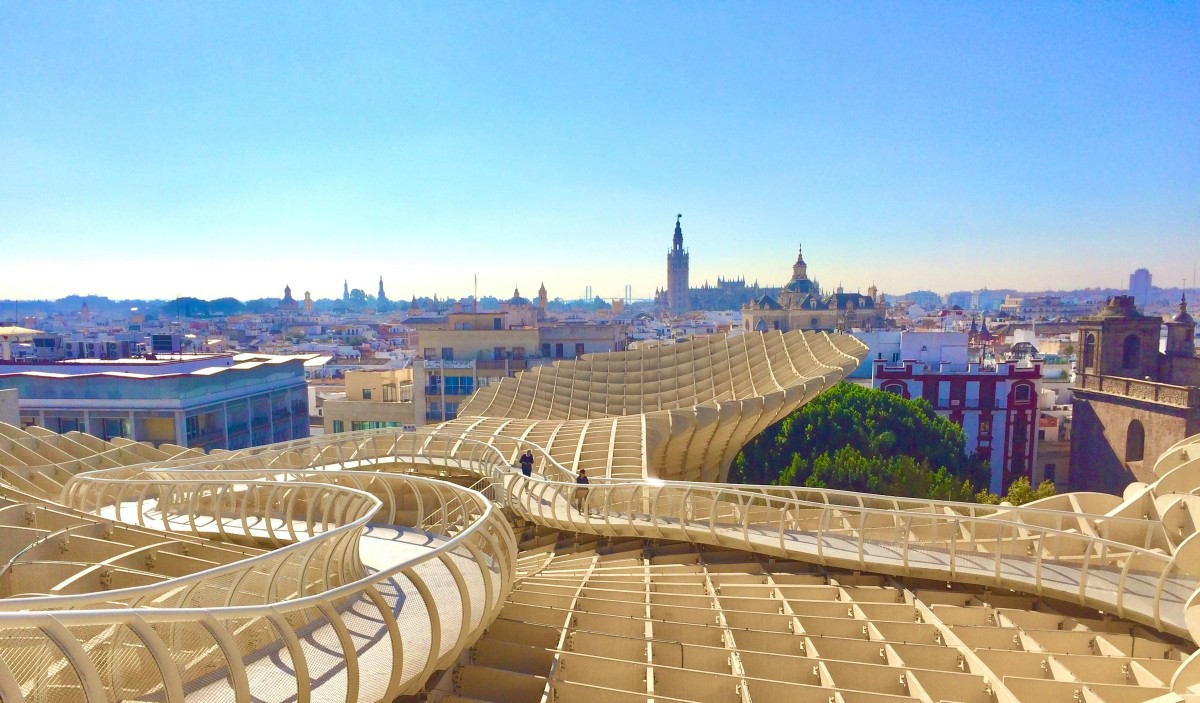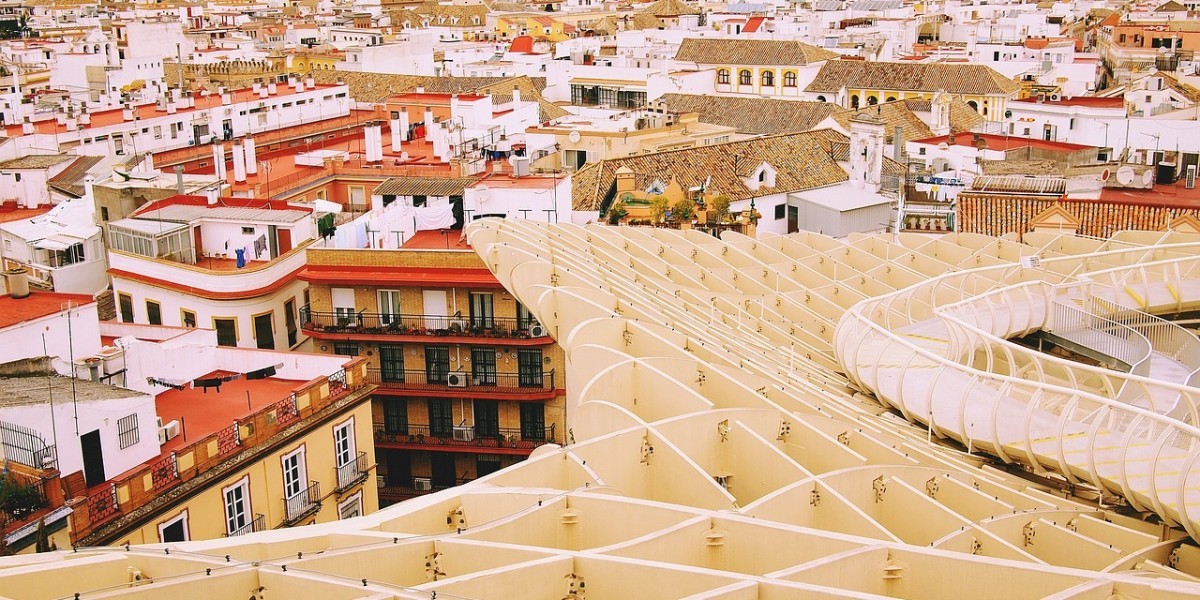
Seville, the capital of Andalusia, is a city steeped in history, culture and tradition. Renowned for its magnificent cathedral, the iconic Giralda tower and vibrant festivals such as the April Fair, Seville draws countless visitors with its balmy climate and laid-back lifestyle.
Yet, beyond its famous landmarks, Seville is also a dynamic urban hub, and it ranks as the fourth most populous city in Spain. Are you aware of Seville's population according to the latest Spanish Statistics Institute (INE) census?
Seville city's population
If you're curious about Seville's population, it's important to note that this figure only refers to the area encompassed by the capital's municipality. According to the latest INE census from 2024, Seville's population stood at precisely 687,488 inhabitants as of 1 January 2024.
Therefore, the population for 2025 remains unavailable, as the data for this year will be published in December. Nonetheless, Seville continues to rank as the fourth most populous city in Spain, with consistent population growth observed over the past few decades.

Which city has a bigger population, Zaragoza or Seville?
In recent times, there has been a frequent comparison between the populations of Seville and Zaragoza, as their figures are very similar and could potentially shift. According to the 2024 census, the capital of Aragón had a population of 686,986 inhabitants, just 502 fewer than Seville.
This small gap has been steadily narrowing in recent years. In 2023, Seville had 1,502 more inhabitants than Zaragoza, and the difference has continued to decrease. This is partly because Zaragoza has a relatively limited metropolitan area, while Seville's urban expansion remains more constrained, allowing the Aragonese capital to continue growing its urban fabric.

How many people live in Seville's metropolitan area?
The metropolitan area of Seville extends beyond the city itself, forming an urban centre that incorporates several surrounding municipalities. This cluster of towns, encircling the Andalusian capital, plays a vital role in the economic and social development of the region, including cities such as Dos Hermanas, Camas and Mairena del Aljarafe.
According to 2024 INE data, the Seville Urban Agglomeration is home to 1,567,491 inhabitants across 46 municipalities. It is also the fourth-largest metropolitan area in Spain.
Seville province's population
The province of Seville is a region of remarkable diversity and cultural wealth, extending well beyond the boundaries of its capital. It stretches along the banks of the Guadalquivir River, from the Sierra Morena mountains in the north to the marshlands in the south.
According to 2024 INE data, the province of Seville has a population of 1,968,624 inhabitants, with more than one and a half million residing within the metropolitan area of the capital.

Living in Seville
Living in Seville is an experience that blends the city's rich cultural heritage with the conveniences of a modern metropolis. Renowned for its warm climate and friendly atmosphere, it offers a lifestyle that attracts many.
The city is celebrated for its history, iconic monuments such as the Giralda and the Cathedral, and vibrant festivals like the April Fair and Holy Week. These elements make Seville a truly unique place to live, where tradition and modernity coexist in perfect harmony.
